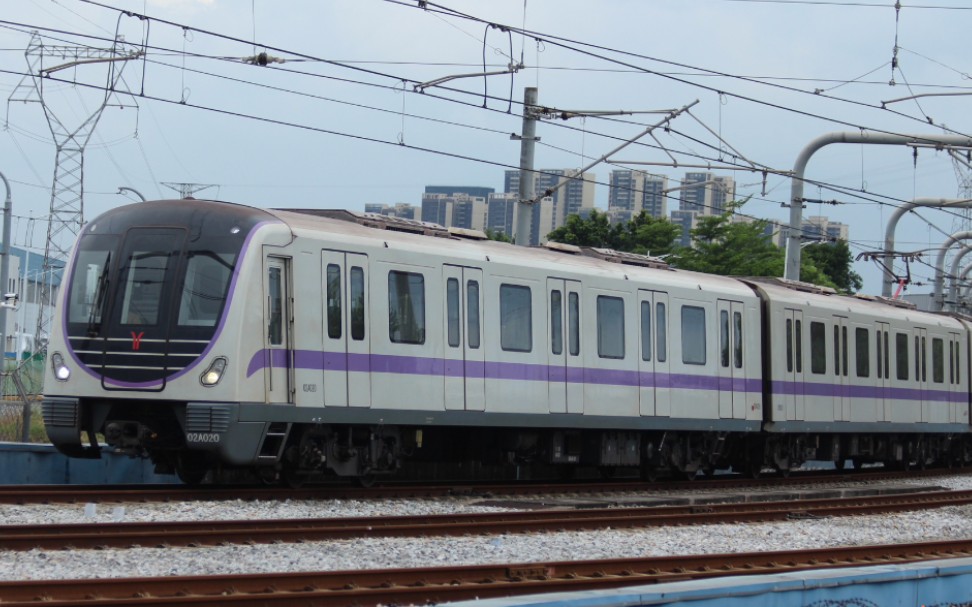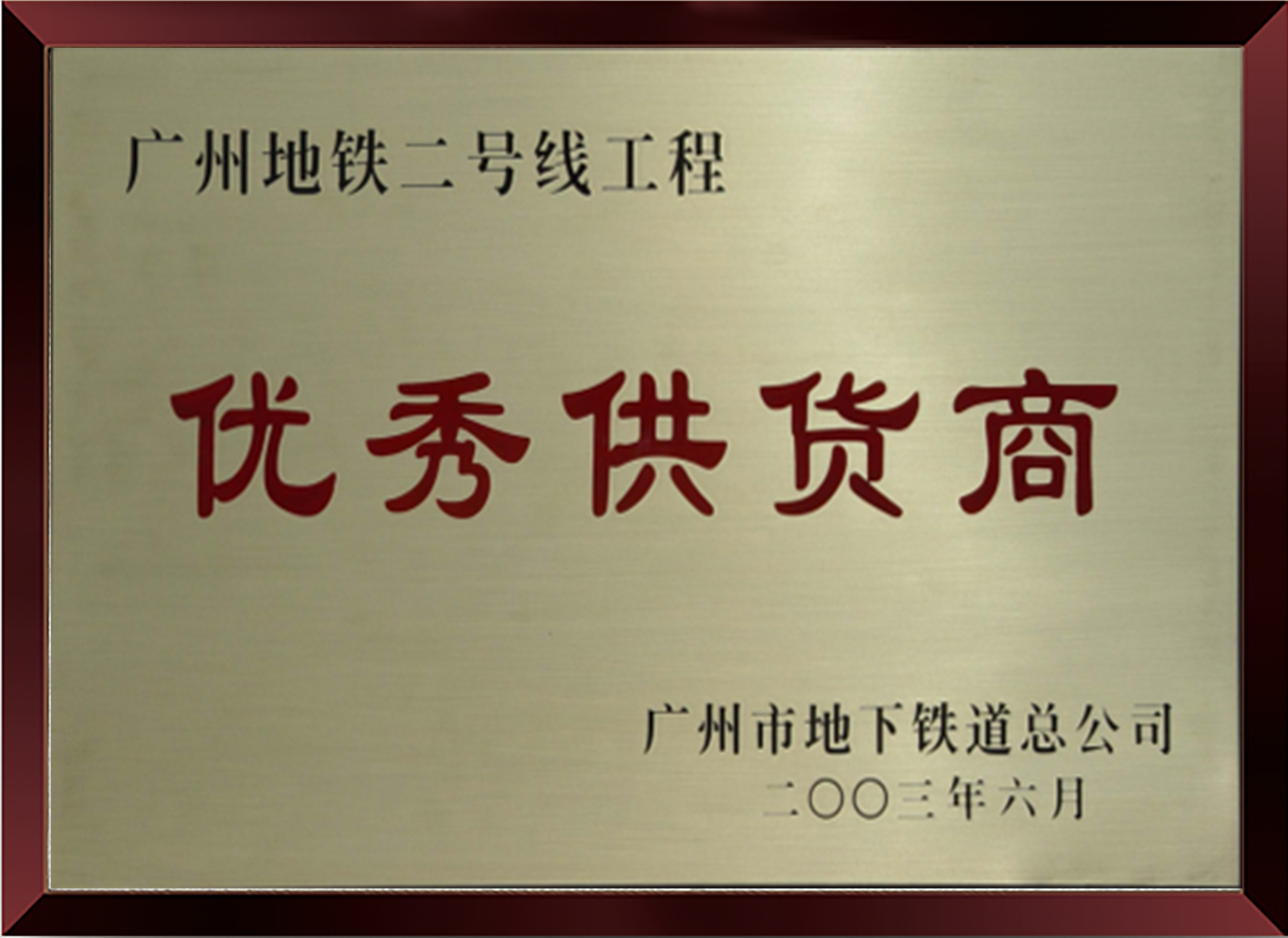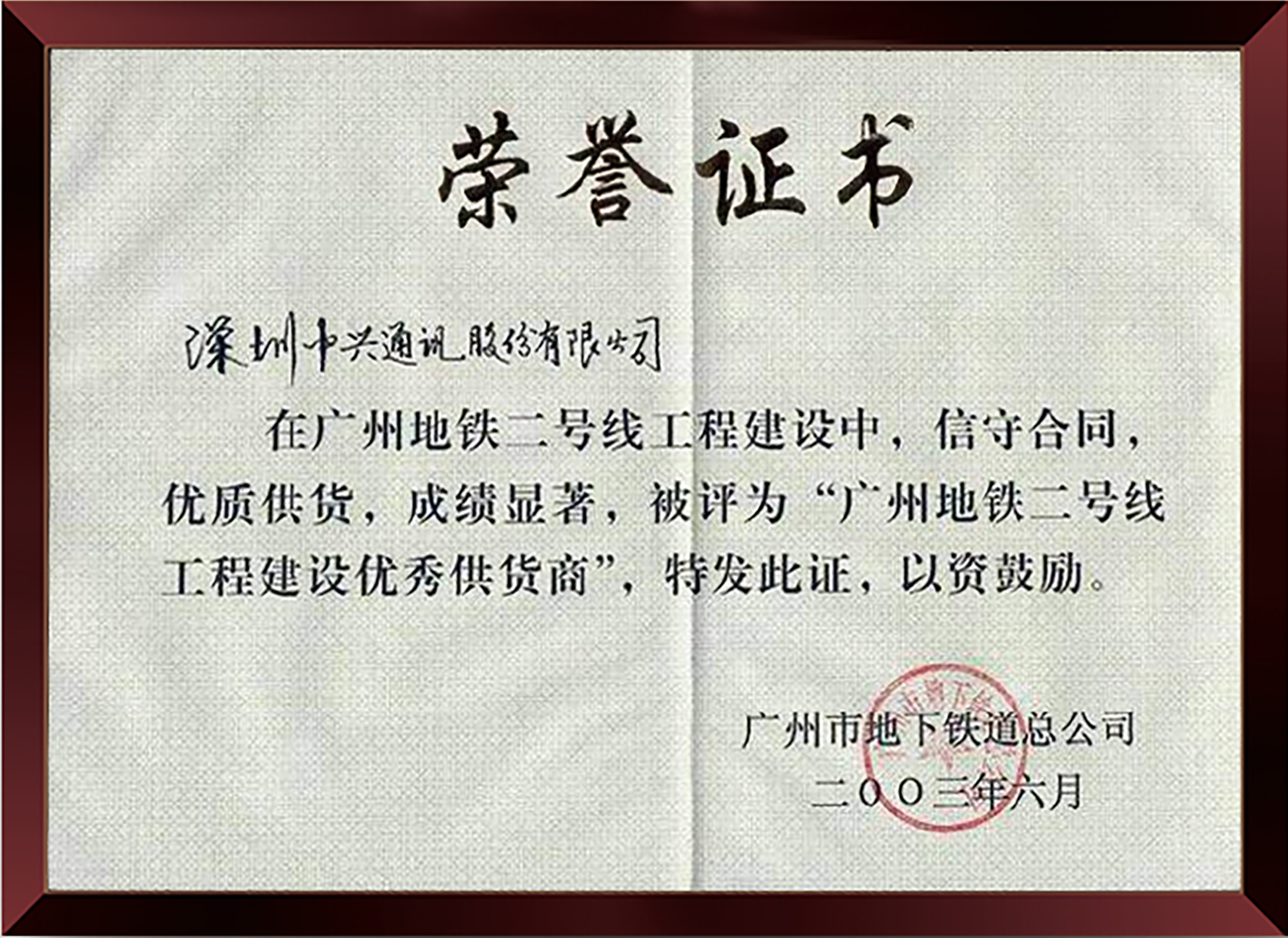Prologue: The Seed of a Dream
In the fabric of modern cities, subways are like vibrant lifelines, vigorously supporting urban prosperity and vitality. Guangzhou, a titan of economic prowess, has seen its subway network expansion become a frontier for technological innovation and commercial competition.
Let us turn back the clock to the year 2000, when China's subway network was still in its infancy, and technological dominance largely rested in the hands of foreign manufacturers—communications technology being no exception. Yet, as the wheels of history rolled forward, beneath the shadow of this monopoly, the seeds of change were quietly germinating, awaiting their moment to break through.

Chapter One: Challenges and Doubts
—Can China’s Subway Communication Technology Rise to the Occasion?
Guangzhou Metro Line 2 was planned to span 23.245 kilometers, with 20 stations from Pazhou to Jiangxia. The announcement of the first-phase project preparations was like a rallying cry, drawing fervent attention from domestic and international communication manufacturers. Among them, ZTE, a rising domestic communications technology company, actively threw its hat into the ring. However, just as a towering building must start from its foundation, while ZTE had achieved technological breakthroughs, it lacked verified experience in subway projects, appearing notably green and untested.
Yet, it was precisely this inexperience that ignited ZTE’s fighting spirit. At the time, foreign manufacturers boasted extensive case histories, confident that neither technical prowess nor project experience could be matched by domestic players, leaving them assured of victory. The participation of domestic manufacturers sparked widespread skepticism—could the Chinese truly deliver such a large-scale engineering project? Even foreigners dismissed it as a fantasy, while for the Chinese themselves, it remained a colossal question mark!
Chapter Two: Breaking the Monopoly
—Breaking Through the Blockade, ZTE’s Comeback Victory
Just as foreign manufacturers were brimming with confidence, certain of securing the project, ZTE withstood immense pressure from these foreign players. Through its technical capabilities, it convincingly demonstrated to the Guangzhou Municipal Government and Metro Corporation that China was fully capable of delivering subway communication projects and that Chinese technology possessed the strength to compete head-to-head with foreign manufacturers.
Ultimately, after comprehensively weighing all project factors, the Guangzhou Municipal Government and Metro Corporation resolutely decided to pioneer a new path of domestic subway communication, starting with Guangzhou Metro. With their staunch support, ZTE successfully broke through the encirclement of external forces and won the bid for the communication system integration project of Guangzhou Metro Line 2’s first phase—a remarkable comeback!
Chapter Three: Efficiency and Quality
—Project Time and Costs Halved
In December 2000, the project contract was successfully signed. ;
From March to May 2003, communication debugging and final acceptance were flawlessly completed. ;
After over two years of meticulous construction, Guangzhou Metro Line 2 made its stunning debut, officially opening for operation on June 26, 2003!
Looking back, ZTE adhered to a principle of prioritizing the client’s needs, responding promptly and providing high-quality service. This approach shattered the arrogance and aloofness displayed by foreign manufacturers during the construction of Guangzhou Metro Line 1’s communication system, delivering astonishing results for the project.
Significantly Reduced Timeline
In contrast, Guangzhou Metro Line 1, built by foreign manufacturers, took over four years, while ZTE’s first-phase communication system for Line 2 was completed and operational in just over two years.
Substantial Cost Reductions
During Line 1’s construction, foreign manufacturers’ settlement costs for the communication system exceeded 400 million RMB. For Line 2, while ensuring reliable technical quality, ZTE drastically reduced construction costs.
Faster Service Response
In the early days, when national technological capabilities were relatively weak, constraints were pervasive. Using foreign products meant that if issues arose, engineers had to be dispatched from abroad, with locals barred from participation—resulting in painfully slow resolutions.
For Line 1, the after-sales service headquarters were overseas, meaning timely support was impossible, and problem-solving often took weeks. In contrast, with ZTE’s localized technology and service for Line 2, issues could be resolved immediately.
Chapter Four: Innovation and Breakthroughs
Multiple "Firsts" Herald a New Chapter in Domestic Subway Communication
As the communication system integrator for Guangzhou Metro Line 2’s first phase, ZTE delivered the project with excellence—on time, with quality, safety, and precision. For this achievement, it was honored with the title of "Outstanding Equipment Supplier" and a commendation plaque from Guangzhou Metro Corporation. 。

Reflecting on the project, its significance is profound!
ZTE achieved multiple "firsts," including:
- China’s first subway project communication system integrator;
- The first to break foreign manufacturers’ monopoly in subway communication;
- The first to integrate domestic and foreign equipment in subway communication;
- The first domestic supplier of a centralized alarm system for subway communication.
This accomplishment stands as a radiant beacon, illuminating the path for China’s communication technology advancements and inaugurating a new chapter in domestic subway communication. Simultaneously, it cemented ZTE’s position as the industry leader in China’s subway communication technology, setting a shining example for future generations.




